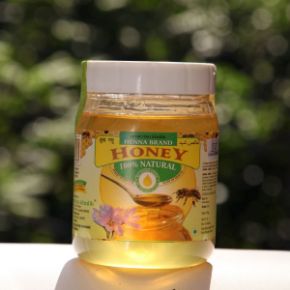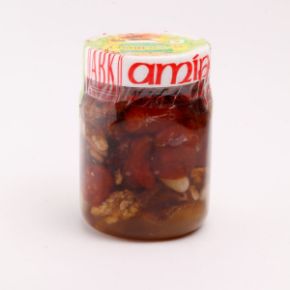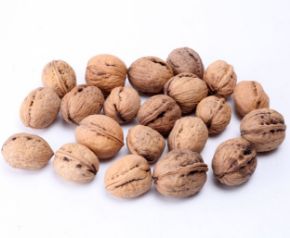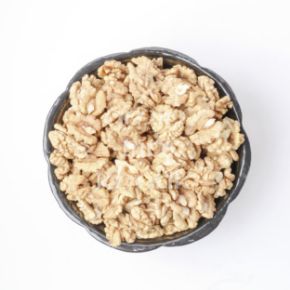Saffron, 1 gm - Best brand of Kashmiri Kesar
Best quality 1 gm of Saffron from ABK. Saffron from ABK house is warranted to be 100% pure and natural product and is free from any foreign matter. Kashmiri Saffron (Kesar) has a Silky texture and has a powerful colouring and flavouring capability. Kashmiri Saffron is qualitatively better than Iranian Saffron for its distinguishing length of Stigmas and dark red colour. At Amin-Bin-Khalik (ABK) we have been selling World-class Saffron to our customers worldwide from about 50 years now, and Saffron at ABK is our forte, our speciality! Apart from quality, at ABK we can ensure you the true weight of the product sold or shipped as mentioned on our packaging.
Saffron, 2 gm - Handpicked, Pure and natural
This is the Best Quality of 2 gm Saffron available online in India. Buying real saffron can be hard for there is a lot of dyed and artificial Saffron commonly sold in India. To make sure you're getting the best stuff, take a sniff, and the real Saffron smells a bit like sweet hay. It should also have all red stigmas, no yellow stamens. Cheap Quality Saffron producers often leave the yellow stamens (which are tasteless), adding weight and diluting the red stigmas that give the spice its famous taste. Besides, it is highly recommended to buy Saffron from a trusted enterprise, and ABK is the Mark of Quality, and trust from 50 long years!
Saffron, 5 gm - 100% Original Guaranteed
Original Kashmir Saffron has well-defined characteristics with regards to its taste, flavour and colour it gives when it is steeped, and that finding the real stuff on every other store is impossible nowadays. It is simply because Saffron is a high-value product, and attracts frequent blending and adulteration. In most cases, mixing is done so precisely that any ordinary customer can easily get fleeced. This is how buying from a trusted business is what is all essential should you be looking to buy Original saffron. Kashmir Saffron is superior to Saffron from other places and selling it in its Original, Natural (with no artificial flavour or any foreign matter), and unaltered form is our forte. Buy 100% Original Kashmir Saffron online at ABK!
Saffron, 20 gm - Best Quality assured, since 1972
Best quality Walnut kernels, 500 gm
Kashmir Almond kernels, 1 kg
Saffron, 5 gm - 100% Original Guaranteed
Original Kashmir Saffron has well-defined characteristics with regards to its taste, flavour and colour it gives when it is steeped, and that finding the real stuff on every other store is impossible nowadays. It is simply because Saffron is a high-value product, and attracts frequent blending and adulteration. In most cases, mixing is done so precisely that any ordinary customer can easily get fleeced. This is how buying from a trusted business is what is all essential should you be looking to buy Original saffron. Kashmir Saffron is superior to Saffron from other places and selling it in its Original, Natural (with no artificial flavour or any foreign matter), and unaltered form is our forte. Buy 100% Original Kashmir Saffron online at ABK!
UNSALTED, Green Pistachios, 250 gm
Kahwa leaves, 200 gm
Saffron, 1 gm - Best brand of Kashmiri Kesar
Best quality 1 gm of Saffron from ABK. Saffron from ABK house is warranted to be 100% pure and natural product and is free from any foreign matter. Kashmiri Saffron (Kesar) has a Silky texture and has a powerful colouring and flavouring capability. Kashmiri Saffron is qualitatively better than Iranian Saffron for its distinguishing length of Stigmas and dark red colour. At Amin-Bin-Khalik (ABK) we have been selling World-class Saffron to our customers worldwide from about 50 years now, and Saffron at ABK is our forte, our speciality! Apart from quality, at ABK we can ensure you the true weight of the product sold or shipped as mentioned on our packaging.











































